In France, the Church lives only on donations: it receives no subsidies, neither from the Vatican nor from the State. The universal Church in Rome uses its financial assets to support more social works throughout the world than any other institution.
The subject of the “riches of the Church” causes a lot of discussion. We often hear from the Church that its financial heritage makes it one of the richest institutions on the planet, but what is it really? According to the list published by the Economipedia platform , the Institute for the Works of Religion (IOR), nicknamed the Vatican Bank , does not even appear among the top sixty banks in the world, according to its market capitalization. It is in fact responsible for administering and preserving the property and funds donated to the Institute exclusively for charitable purposes. Fides agency , in its 2021 study, gives a small idea of what the Catholic Church does with its “riches” throughout the world.
IN AFRICA
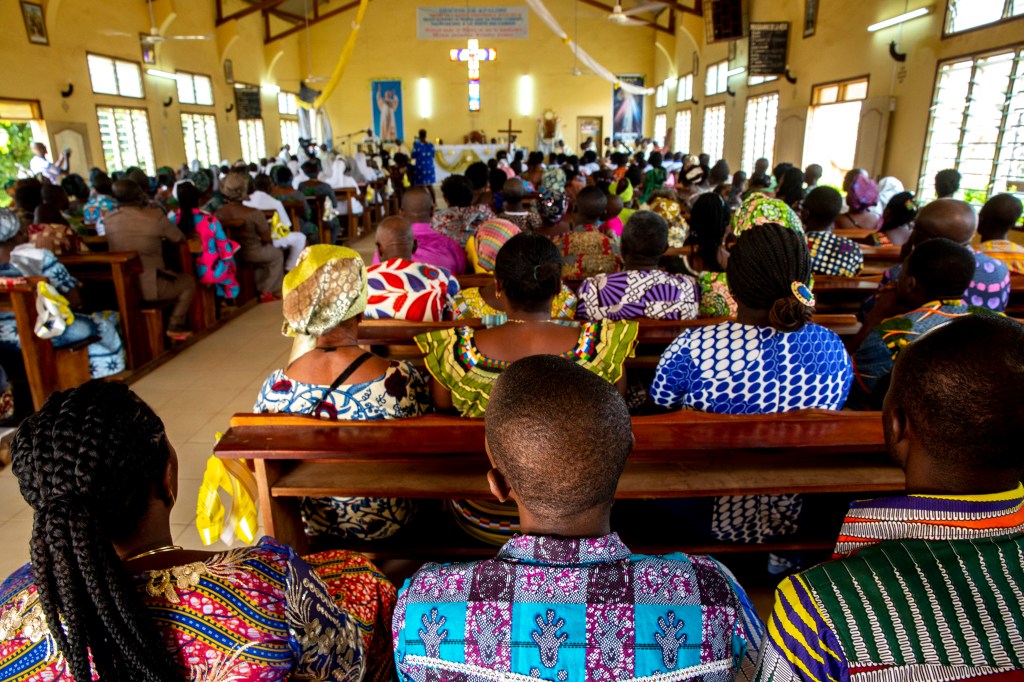
Philippe Lissac / Godong
The statistics on the number of faithful in the world bear witness to this: Africa appears to be the continent of hope for the Catholic Church. The Church in Africa is called to contribute to the new evangelization in secularized countries, already encouraged Saint John Paul II , then Pope, in 1995 in his apostolic exhortation entitled Africa munus . On this continent, the Catholic Church manages nearly 76,000 educational establishments, at all levels from nursery to secondary education. In the health sector, it owns around 6,700 hospitals and dispensaries, around 200 leprosariums and 650 retirement homes for the elderly, chronically ill and disabled. It also administers nearly 1,650 orphanages and more than 2,000 kindergartens.
IN AMERICA
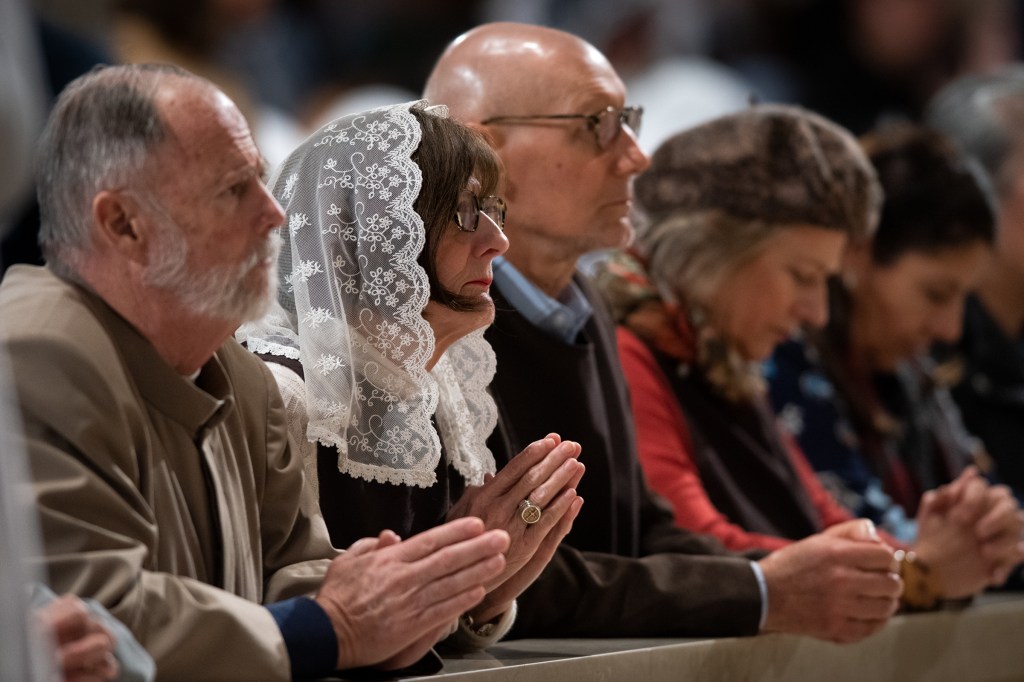
The way of life across the Atlantic, symbolized by the automobile, Hollywood and Coca-Cola or, more abstractly, mass consumption and technological advances, have made the United States a land of plenty that makes people dream in the whole world. Faced with the superpower, Latin America perpetually oscillates between calm and storm. The persistence of the revolutionary myth and the political fragilities linked to indigeneism and social disparities increase the weakness of the subcontinent. On this continent, the Catholic Church manages more than 50,000 educational establishments, all levels from nursery to secondary education, nearly 5,500 hospitals and dispensaries and only 41 leprosariums. More than 2,000 orphanages are in its charge, and nearly 3,000 kindergartens, compared to around 3,700 retirement homes for the elderly, chronically ill and disabled.
IN ASIA
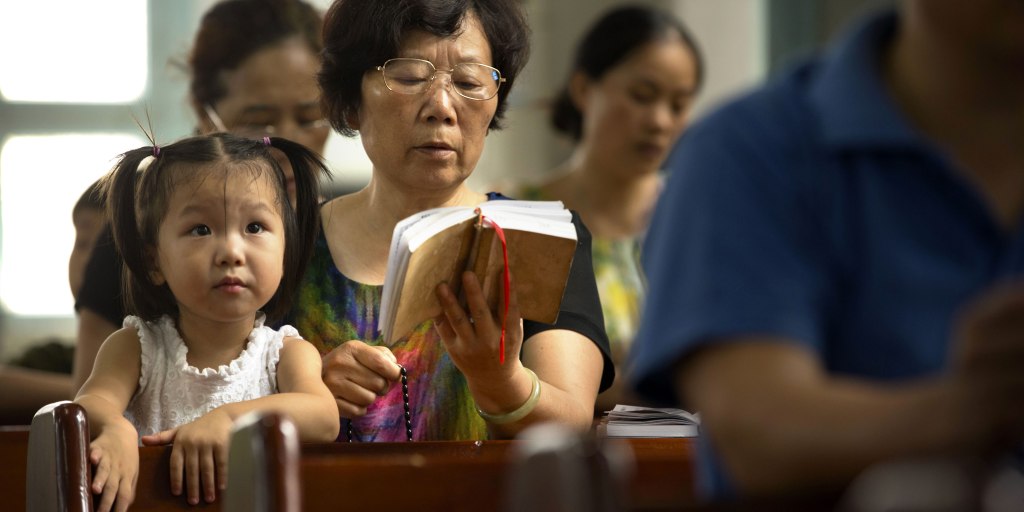
AP Photo I Mark Schiefelbein
In South Korea, one of the most technological and economically prosperous countries, thousands of young people convert to Christ every year and ask for baptism, as is also the case in other Asian countries. In many countries, however, Christians face persecution and are forced to go into hiding to live out their faith when they can, as in North Korea, China and the state of Brunei to name a few. On this continent, the Catholic Church manages more than 42,000 educational establishments, all levels from nursery to secondary education, nearly 4,000 hospitals and dispensaries and 269 leprosariums. It also administers more than 3,200 orphanages and nearly 3,000 kindergartens.
IN EUROPE
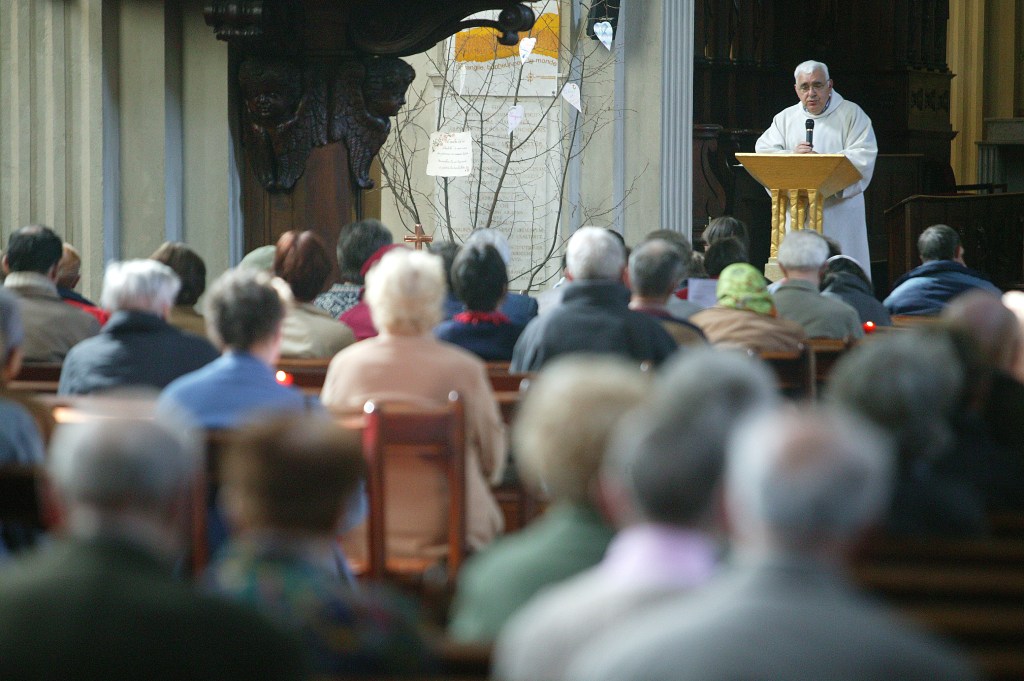
Godong
Europe and the Church have formed an inseparable tandem for more than fifteen centuries. Europe without the Church or Europe in place of the Church would no longer be Europe. Europe actually comes from the pars occidentalis of the Roman Empire, which was officially Christian during the partition of 395. It was in this half of the Empire, encompassing North Africa, that Saint Augustine lived, whose La City of God founded an essential element for the future of Europe: the distinction between the “City of Men”, the construction of which is the mission of the State, and that of God, which is the responsibility of the Church, although both must cooperate. On this continent, the Catholic Church manages more than 46,600 educational establishments, at all levels from nursery to secondary education, and nearly 3,350 hospitals and dispensaries. Nearly 2,250 orphanages are in its charge, as well as around 8,000 retirement homes for the elderly, chronically ill and disabled.
IN OCEANIA
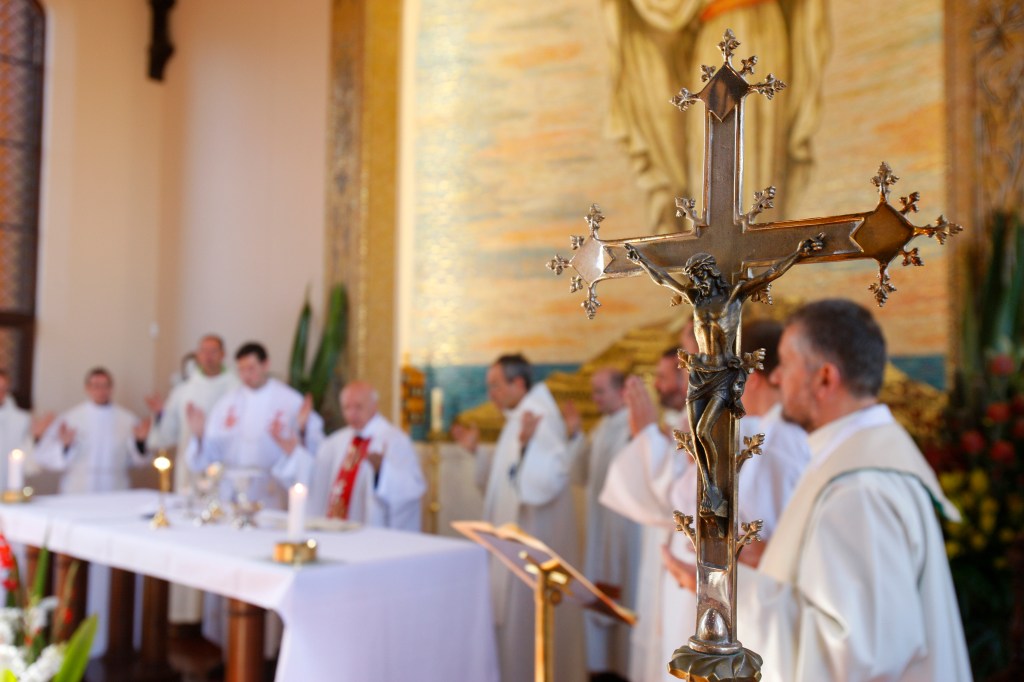
Ref:426
Discovered in the 18th century, the southern lands, first described as a paradise world where “noble savages” lived protected from the vices of civilization, proved unwelcoming to Europeans. Many overconfident crews were massacred as soon as they disembarked, while Pope Gregory XVI made evangelization a challenge of his pontificate. On this continent, the Catholic Church manages around 6,000 educational establishments, all levels from nursery to secondary education and around 800 hospitals and dispensaries and around a hundred orphanages.
